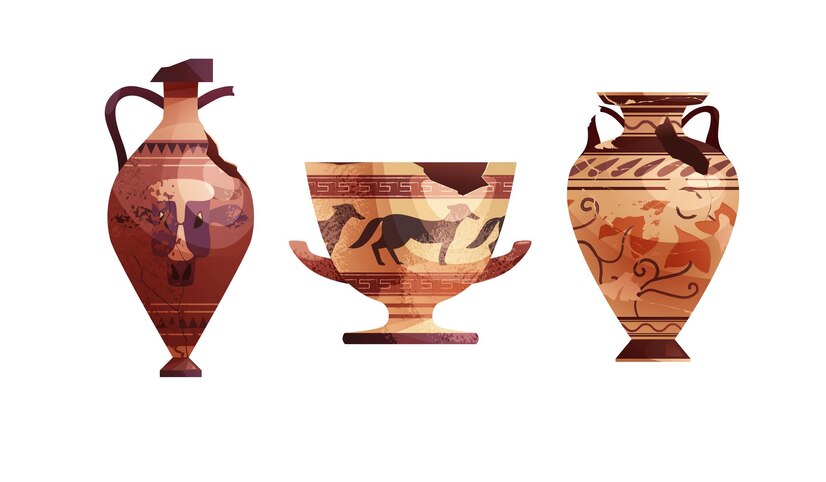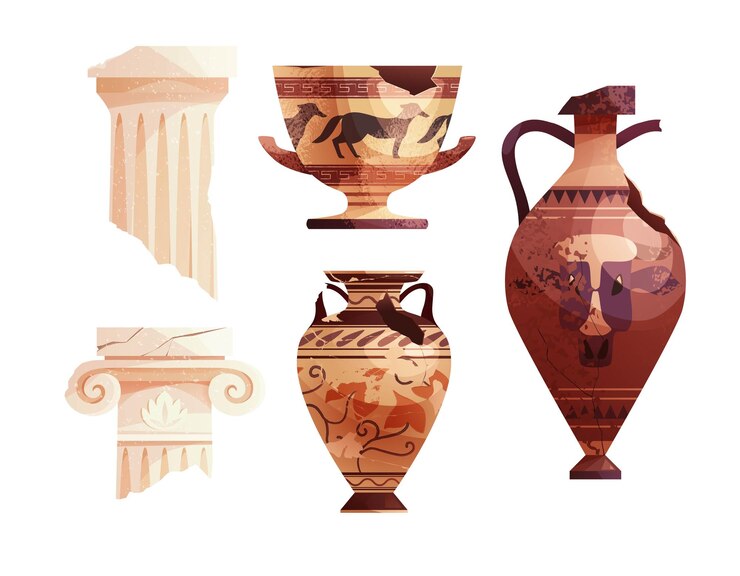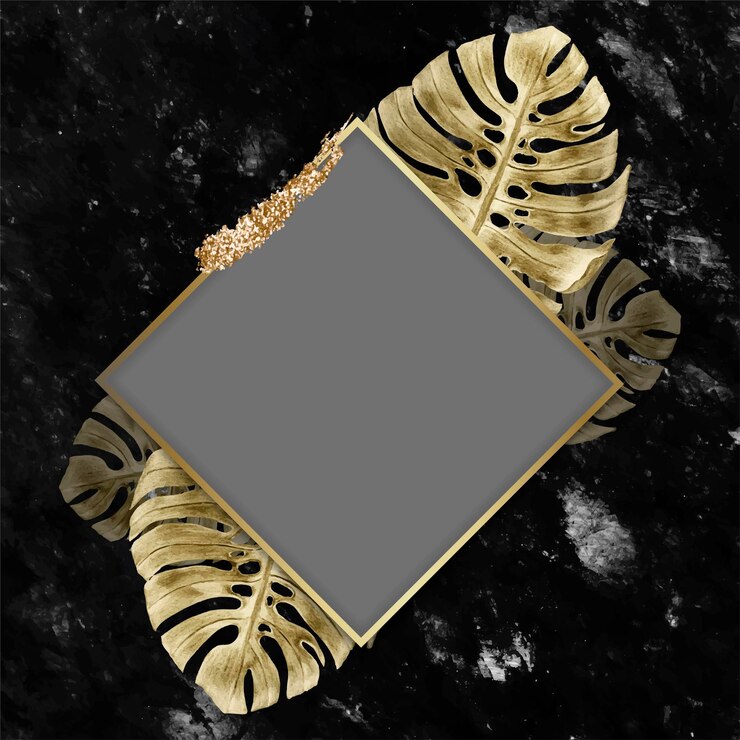ancient artz has captivated and inspired people around the world. In this blog post, we’ll explore the fascinating world of ancient artz, its evolution, and its lasting impact on modern culture and society. We’ll also uncover the techniques and materials used by ancient artists, discuss efforts to preserve these masterpieces, and guide you to the best places to experience ancient artz firsthand.
Discovering Ancient Artz’s Beginnings
Ancient artz is a window into the past, offering insights into the lives, beliefs, and values of our ancestors. Dating back thousands of years, these artistic expressions have left an indelible mark on human history. From intricate cave paintings to majestic sculptures, ancient artz reveals the creativity and ingenuity of early civilizations.
The significance of ancient artz lies in its ability to communicate across time and space, bridging the gap between generations. These works serve as historical records, preserving stories and traditions that might otherwise be lost. By studying ancient artz, we gain a deeper understanding of our shared human heritage and the development of cultural identities over time.
Tracing the Evolution of Ancient Artz
Over the centuries, ancient artz has undergone numerous transformations, adapting to the changing needs and priorities of societies. Early art often focused on religious themes, serving as a means of connecting with the divine. As societies evolved, art began to reflect a broader range of subjects, from daily life to political events.
The evolution of ancient artz has been shaped by various factors, including technological advancements and cross-cultural interactions. For example, the invention of new tools and techniques enabled artists to create more intricate and detailed works. Additionally, contact between different cultures facilitated the exchange of ideas, resulting in a rich tapestry of artistic styles and influences.
Despite these changes, certain elements of have remained constant. The desire to convey meaning and evoke emotion has always been at the heart of artistic expression, transcending time and cultural boundaries.
Unveiling Techniques and Materials in Ancient Artz

Ancient artists employed a variety of techniques and materials to bring their visions to life. The choice of medium often depended on the resources available and the intended purpose of the artwork. Common materials included stone, clay, metal, and wood, each offering unique possibilities for creativity and expression.
One notable technique used in ancient artz is the practice of relief sculpture, where images are carved onto a flat surface, creating a raised effect. This method was widely used in ancient Egypt and Mesopotamia, where intricate carvings adorned temple walls and monuments.
Another popular technique was fresco painting, which involved applying pigment to wet plaster. This method allowed artists to create vibrant, long-lasting images on the walls of buildings. Frescoes were particularly popular in ancient Greece and Rome, where they adorned the interiors of homes and public spaces.
The Global Impact of Ancient Artz
The influence of ancient artz extends far beyond the boundaries of the civilizations that created it. Throughout history, these artistic expressions have inspired countless artists and movements, shaping the course of art history and enriching global culture.
. Artists of this era sought to emulate the classical ideals of beauty, balance, and harmony, resulting in some of the most iconic works of Western art.
In modern times, continues to inspire contemporary artists, who draw on its themes, techniques, and forms to create innovative new works. By studying ancient artz, artists and scholars alike gain valuable insights into the creative process and the enduring power of artistic expression.
Preserving the Legacy of Ancient Artz
Preservation efforts are crucial to ensuring that the treasures of ancient artz remain accessible to future generations. Unfortunately, many works are at risk due to factors such as environmental degradation, neglect, and theft. In response, organizations around the world are working tirelessly to protect and conserve these invaluable cultural assets.
One such initiative is the World Monuments Fund, which focuses on preserving endangered cultural sites and raising awareness about the importance of heritage conservation. Through partnerships with local communities and governments, the organization works to safeguard ancient artz and promote sustainable tourism practices.
Another important effort is the use of digital technology to document and preserve High-resolution imaging and 3D modeling allow researchers to create detailed records of artworks, ensuring that their beauty and significance are preserved for future study and appreciation.
Experiencing Ancient Artz Around the World
For those eager to immerse themselves in the world of, there are countless museums and historical sites to explore. These institutions offer a unique opportunity to view masterpieces up close and learn about the cultures that created them.
In Egypt, the Great Pyramids and the Sphinx stand as iconic symbols of , attracting millions of visitors each year. The nearby Egyptian Museum houses an extensive collection of artifacts, including the treasures of Tutankhamun’s tomb.
In Italy, the ruins of Pompeii provide a fascinating glimpse into Roman life, with well-preserved frescoes and sculptures offering a vivid snapshot of the past. The Vatican Museums in Rome also boast an impressive array of including the world-famous Sistine Chapel ceiling painted by Michelangelo.
Meanwhile, in China, the Terracotta Army stands as a testament to the ingenuity and craftsmanship of ancient Chinese artisans.
Celebrating and Protecting Our Shared Heritage
In conclusion, ancient artz is a testament to the creativity, resilience, and interconnectedness of humanity.
Whether through visiting museums, supporting preservation efforts, or simply taking the time to study and appreciate these works, we can all play a role in safeguarding this invaluable cultural legacy.







